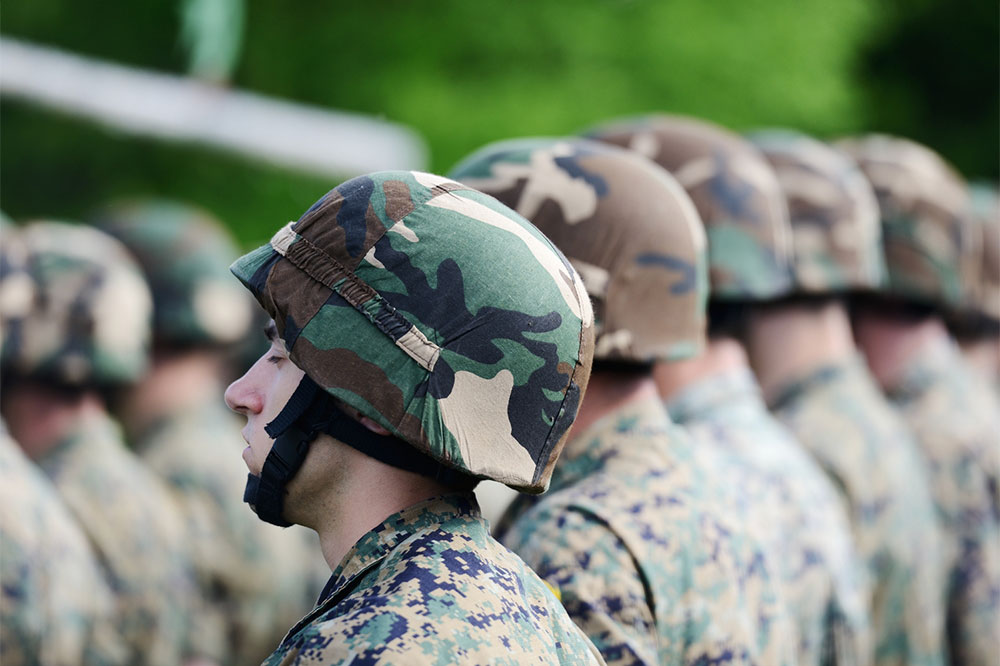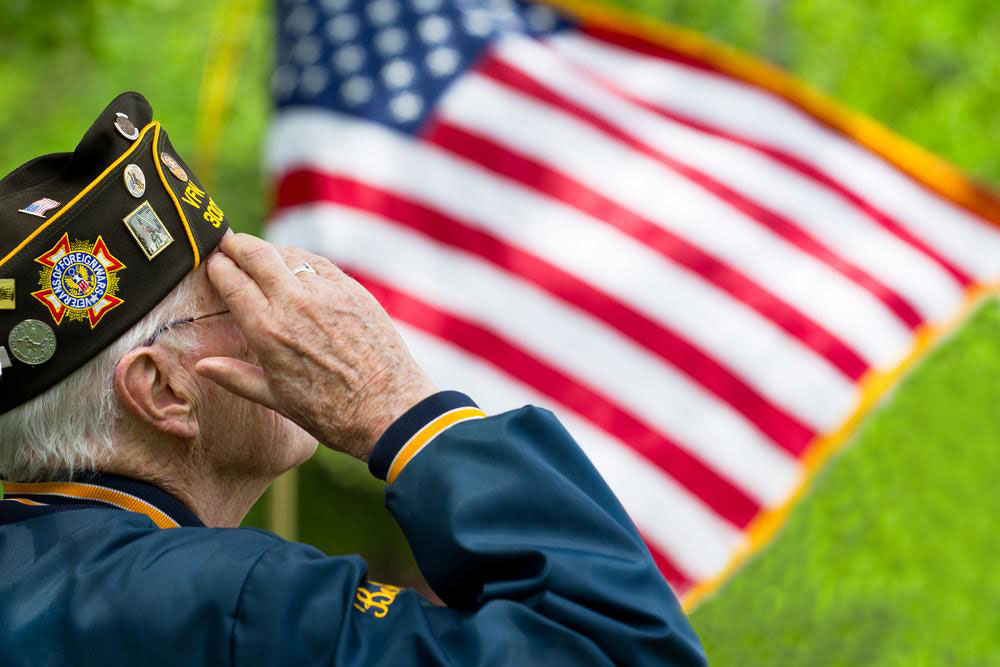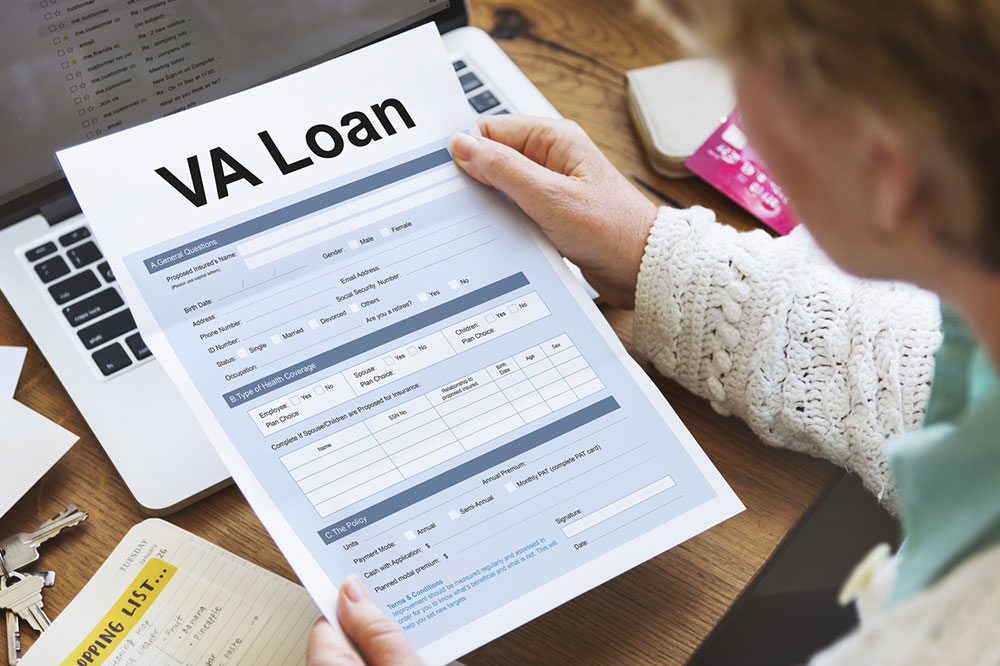Comprehensive Guide to Military Service Members and Veteran Benefits
This comprehensive guide offers in-depth insights into military service members and veterans, covering classifications, benefits, and support systems. Learn about veteran categories, the significance of Veterans Day, and the extensive benefits available to veterans, including healthcare, education, home loans, and mental health support. Whether you're a current service member or a veteran transitioning to civilian life, this article provides valuable information to help navigate your rights and resources.

An In-Depth Overview of Military Service Members and Veteran Support
Military service members are individuals who have dedicated a significant part of their lives to serving their country through active duty in various branches of the armed forces, including the Army, Navy, Air Force, Marine Corps, and Space Force. Their service involves rigorous training, discipline, and often placements in diverse environments both within the country and abroad. Understanding the various classifications, qualifications, and benefits associated with military service is crucial for both current service members and veterans transitioning to civilian life.
What Defines a Veteran? To be recognized as a veteran, an individual’s military service records are meticulously reviewed by the Department of Veterans Affairs (VA). Several key factors influence veteran status, including the total length of active service, the specific period of service, the nature of duties performed, and discharge conditions. Typically, individuals who have completed active duty service in the military, air force, navy, or other branches and received an honorable discharge are classified as veterans. This recognition is essential for accessing numerous benefits and resources designed specifically for those who have served.
Veterans can generally be grouped into three main categories based on their service experience and roles:
Combat Veterans This group includes service members who have been deployed to conflict zones or regions where active hostilities occurred. These individuals have supported combat units directly or indirectly, including roles such as medical personnel, logistics staff, mechanics, and administrative support providers operating in or near combat zones. Their service often involves exposure to hostile environments and significant operational stress.
Peace-time Veterans These are individuals who served during periods of relative peace when the military was not engaged in active combat. Their roles often involve training, infrastructure development, or logistical support during calm periods between major conflicts. While not involved in combat, their contributions are vital for maintaining military readiness and national security.
War Veterans This classification pertains to those who actively participated in wartime operations, often experiencing front-line engagement or support roles in hostile environments. Wartime service includes participation in major conflicts such as World War II, Korea, Vietnam, Iraq, and Afghanistan, and these veterans often face unique challenges related to combat exposure and post-traumatic stress.
Understanding Veterans Day: Its Significance and Celebrations Veterans Day is observed annually on November 11, and its primary purpose is to honor all military veterans who have served the nation in various capacities. The day originally commemorated the armistice ending World War I, known as Armistice Day, but was later renamed in 1954 to recognize all military service members. Unlike Memorial Day, which specifically honors fallen soldiers, Veterans Day celebrates the service and sacrifices of living veterans. Across the globe, many countries have their own commemorative days, complete with parades, ceremonies, and community events to honor their armed forces.
Extensive Benefits Available to Veterans and Their Families The government offers a comprehensive range of benefits designed to support veterans' health, welfare, and integration into civilian life. These benefits are accessible through federal programs and partnerships with various state agencies and private organizations. Here are some of the most significant support services available:
Educational Support and Tuition Assistance The Post-9/11 GI Bill provides eligible veterans with up to 36 months of educational support, which can be used for college, vocational training, or certification programs. Veterans can benefit from reduced tuition rates at participating institutions, stipends for books and housing, and online learning options. This support aims to ease the transition from military service to civilian careers by expanding educational opportunities.
Healthcare and Medical Services The VA operates an extensive healthcare system that offers comprehensive medical services, including primary care, specialized treatments, preventive care, mental health support, and rehabilitation services. Many veterans also receive discounts at VA hospitals nationwide, ensuring affordable access to quality healthcare tailored to their unique needs.
Home Loan Benefits and Housing Assistance Veterans have access to favorable home loan options through VA-backed loans, which often require no down payment and offer competitive interest rates. These programs assist service members and veterans in purchasing, refinancing, or repairing homes, facilitating stable housing solutions and reducing financial burdens.
Disability Compensation and Medical Benefits Veterans who sustained injuries or developed illnesses related to their service are eligible for monthly, tax-free disability payments. These benefits help offset medical expenses, provide income support, and acknowledge the sacrifices made during military service.
Crisis Intervention and Support Hotlines Recognizing the mental health challenges many veterans face, hotlines staffed by trained responders offer confidential support, crisis intervention, and guidance. These services are vital for veterans experiencing stress, depression, or suicidal thoughts, ensuring timely assistance when needed.
Employment Assistance and Skill Development Programs Transitioning to civilian employment can be challenging; hence, various government initiatives facilitate this process. Programs include job placement services, vocational training, resume building, interview preparation, and access to federal employment portals like USAJOBS. These efforts aim to help veterans find meaningful employment aligned with their skills and experiences.
As of recent statistics, approximately 13,000 veterans who served in various conflicts are still alive, with over 1.9 million female veterans recognized as of 2017. These figures highlight the importance of ongoing support systems and the critical role veterans continue to play in society. If you or a loved one are veterans, reaching out to the VA can help you learn more about the available services and how to access them effectively.




